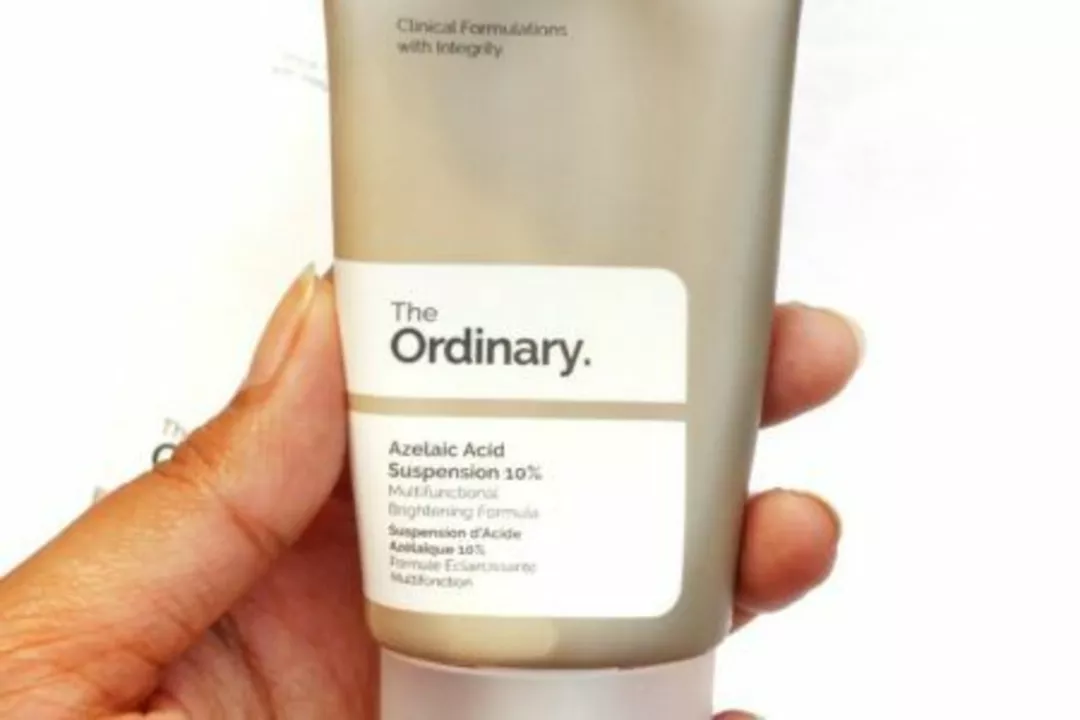Azelaic Acid: What It Treats and How to Use It
Azelaic acid is a simple but effective topical ingredient for acne, rosacea, and dark spots. If you want clearer skin without harsh retinoid irritation, azelaic acid is worth considering. It reduces inflammation, unclogs pores, and evens skin tone. Below I’ll explain practical steps for using it, what to expect, and how to avoid common problems.
How to use azelaic acid
Most people use azelaic acid once or twice daily. Start slow: apply a pea-sized amount to dry, clean skin every other day for the first week, then increase to nightly or twice daily if your skin tolerates it. Put it on after cleansing and before thick creams. If you use a lightweight moisturizer, you can layer it over the azelaic acid to reduce dryness.
Typical strengths: over-the-counter gels and foams often contain 10% azelaic acid; prescription creams come as 15%–20%. For acne, 15%–20% is usually more effective. For sensitive skin or first-time users, 10% is a gentle starting point. Expect to see acne improvements in 4–8 weeks; for dark spots, changes may take 3–4 months.
Use sunscreen every morning. Azelaic acid can make skin more sensitive to the sun and you’ll undo pigment improvements without daily SPF 30+.
Side effects, safety, and tips
Common side effects are mild: tingling, slight burning, redness, or dryness for a few days. If irritation is strong, cut back to every other night or mix a small amount into your moisturizer. Rarely, people get allergic contact dermatitis — stop use and see a doctor if you get severe swelling or persistent rash.
Avoid combining azelaic acid with strong chemical exfoliants (high-strength AHA/BHA) or benzoyl peroxide at the same time unless your clinician advises it. Those combos can irritate. It’s usually safe to use azelaic acid with niacinamide, hyaluronic acid, and most moisturizers.
If you’re pregnant or breastfeeding, check with your provider. Many clinicians consider topical azelaic acid low risk, but personal medical advice is best.
Buying tips: choose a reputable brand and check the concentration. Prescription creams often cost more but may be stronger and better for persistent acne or rosacea. If shopping from pharmacies in Mexico, compare brands, read product labels, and avoid sellers without clear return or contact info. Keep products sealed and store at room temperature away from direct sunlight.
Quick checklist before you try it: do a patch test on your inner forearm, start with lower frequency, use daily sunscreen, and give the product time—don’t judge results before a month. If you have persistent or severe acne or rosacea, see a dermatologist for personalized care and to discuss combining azelaic acid with other treatments.






